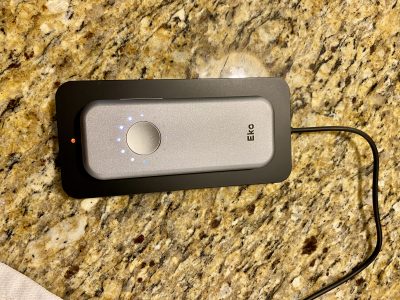More CPR news! 
A couple of weeks ago it was announced CPR could be taught more quickly and effectively, and today the American Heart Association announced changes to the CPR recommendations that should make the actual performance of CPR easier:
Nov. 28 (Bloomberg) — New guidelines for resuscitating people whose hearts suddenly stop emphasize more and faster chest compressions, with fewer stops to breathe oxygen-rich air into the patient’s mouth.
…
“The 2005 guidelines take a `back to basics’ approach to resuscitation,” said Robert Hickey, chair of the American Heart Association’s Emergency Cardiovascular Care programs. “The association believes the new guidelines will contribute to more people doing CPR effectively,” he said in a statement.Rescuers should give 30 chest compressions then two breaths to all adults, children and infants needing CPR. That’s double the previously recommended 15 compressions for every two breaths in adults in the previous guidelines published in 2000. It also simplifies the technique for children and infants, who previously received one breath for every five compressions.
The emphasis on chest compressions carries over to the use of automated external defibrillators, the devices now found in airports, schools and other public places to shock an erratically beating or stopped heart back into a normal rhythm.
…
CPR is an effective lifesaving technique, and the survival rate is clearly higher the earlier good CPR is started. That having been said, a whole lot of people aren’t crazy about that whole ‘mouth to mouth breathing thing’, and I don’t blame them. This makes that less frequent, but still recommends rescue breaths.
Okay, and now the caveat: none of this is based on really bulletproof science, it’s consensus guidelines to do the best we can. This is why they’re recommendations.




I ran across an article about this somewhere else, but I wanted to see your treatment of it. And that’s a reason why you deserve a second term as Best Medical Weblog even if you don’t pursue it.
BTW, an EMT once showed me a plastic thing to allow mouth-to-mouth without his mouth actually coming in contact with the other mouth. It might be practical to keep a few of those in key places.
Well, I suppose you could stock them somewhere. If I were a First Responder I’d keep one with me all the time on the job.
Where to keep them as a private person? Maybe with our home defibrillators (chuckle).
The plastic barriers that you are talking about also come in small little packets that attach to your keychain… a great place to keep one I think (they aren’t that big).